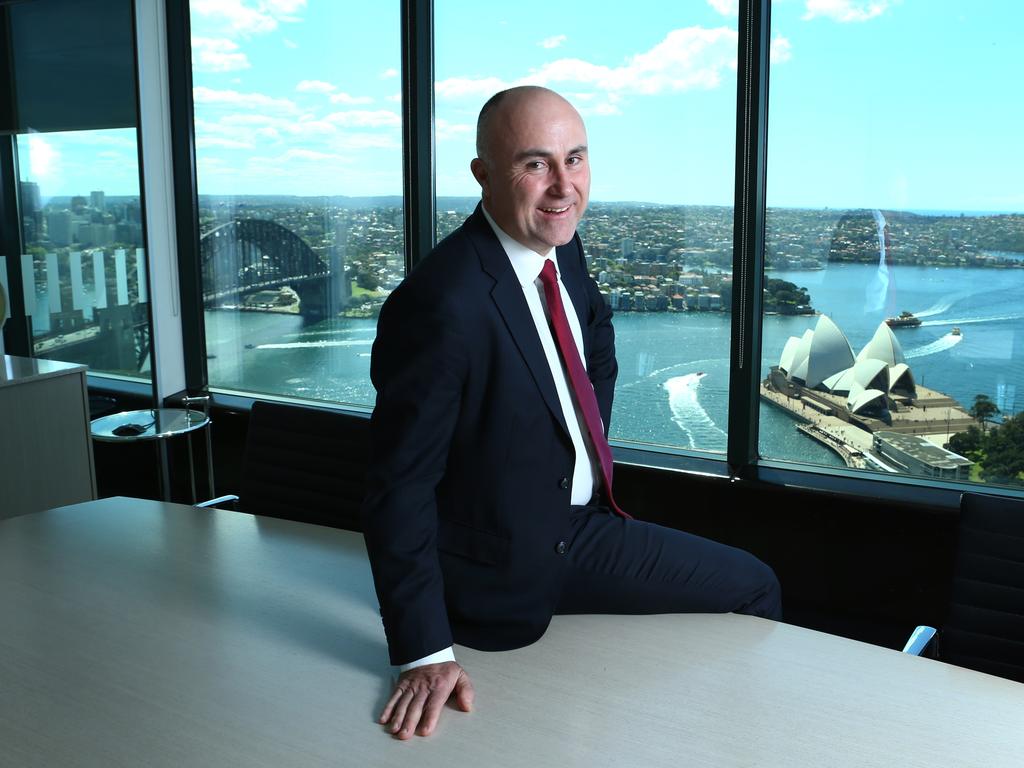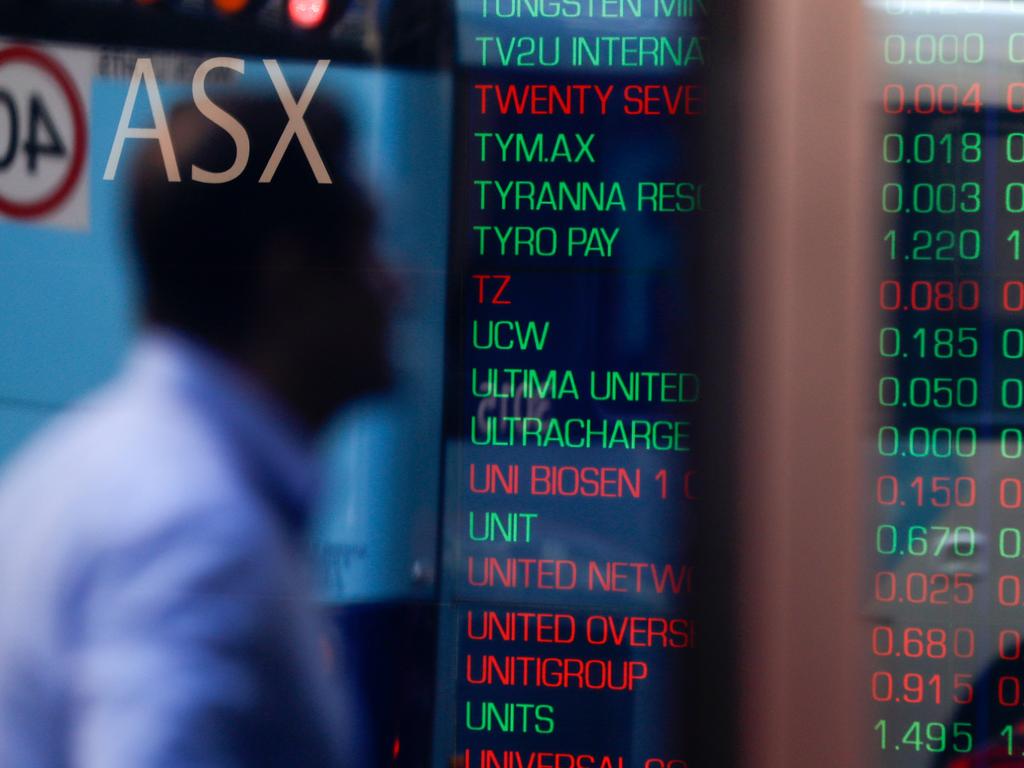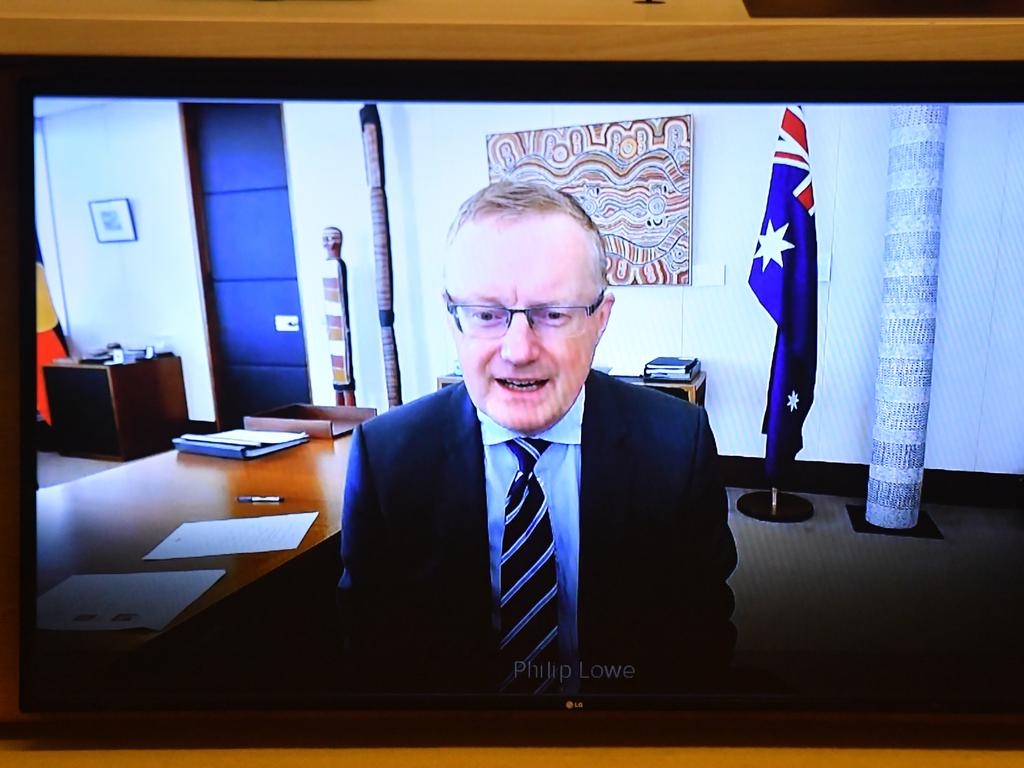Caught between a bad moon and New York
It is all down to decisions made and blunders in the city.

We had the (second) recession we “had to have” in the March and, really punishingly so, June quarters; now Melbourne is threatening to extend it for the entire economy into the September quarter all on its own, and take it maybe even on to the final quarter as well.
And it is a Melbourne not a broader Victorian thing. It is all down to decisions made and blunders in the city.
The Big Apple holds the future direction of our sharemarket in its greedy collective hands. Our market is anchored around 6000 until Wall Street decides to break decisively in one direction or the other; it might really only make that decision on November 4.
Who can forget how that “decision” was “made” back in 2016 by the combination of the hysterical mainstream media in the US and global investors who imbibed the verbal Kool-Aid pumped out by the New York Times, Washington Post, CNN, Bloomberg, CNBC and the rest — captured so perfectly by former economist Paul Krugman.
Asked when the market would recover after the election of President Donald Trump, Krugman opined: “A first-pass answer is never.” Well, “never” arrived in a single day; as Wall Street immediately set about starting on a three-year tear and which was only brought to a shuddering halt by of course the virus.
On Friday, we learned that the US economy had shrunk by 32.9 per cent in the June quarter. It actually shrank by “only” 9.5 per cent, but in the US they annualise the quarterly figures to make them “easier to understand”. Some understanding — and, no, obviously, it doesn’t work by just multiplying the 9.5 per cent by four.
We haven’t had our reckoning yet — our June quarter GDP figures don’t surface until September 2; by which time we will know at least anecdotally what’s happened over pretty much the entirety of the September quarter.
In the March quarter GDP fell by 0.3 per cent. “Economists” who cling to the absurdity of the so-called “two successive quarters of negative growth” definition of a recession, whether qualified as “technical” or not, would have been mightily relieved; if of course they could understand why.
If the March quarter had printed as a small positive — and indeed it still could after the various revisions are made over the next year or two — we could have ended up with never actually recording such a “technical” recession in 2020.
March could have been positive, June (will be) hugely negative, September positive, and December either positive or negative. Either way, no two successive negative quarters.
Ultimate positive
I really would like March to be revised to an ultimate positive. We would then have an utterly absurd but valuable teaching moment.
We would have had the worst real recession in nearly 100 years — in terms of jobs lost and businesses destroyed — but no “technical recession”.
The June quarter will be a big negative. The September quarter was going to be a big positive, maybe even as big in percentage terms as the June quarter fall (the miracle of percentages) simply as we came out of the lockdown. Thanks to Melbourne the scale of that outcome is now back in the mix.
We now have two critical pivots. The big and obvious one is Melbourne; but Sydney has become one almost as critical as well, and a big, big edge-of-the-seat watch in both Martin Place and the Treasury building in Canberra.
If the disaster remains “only” a Melbourne thing, the national economy will still come back strongly through the September quarter, if less strongly than was going to be the case back when we all first started to come out of Lockdown 1.0. But if Melbourne remains mired in the virus disaster into and, worse, through the December quarter, it would drag the whole national economy back into the negative in that quarter.
What about Sydney?
Enter Sydney. If Sydney ended up following Melbourne back into some version of Lockdown 2.0 it would be catastrophic not just, obviously, for the NSW economy but also for the national economy. It would mean nearly two-thirds of the entire national economy was back in serious recession.
The latest — what I now call, our official — Roy Morgan Research jobs and jobless data captures the twin pivots.
According to Morgan, the number of Australians in jobs leapt by 405,000 through July. But that was after subtracting 80,000 jobs lost in Victoria.
The national jobless number, though, dropped by only 262,000 in July as people came back into the workforce. That’s to say, they did so everywhere else except Victoria.
While jobs in Victoria fell by 80,000 through the month, the number of Victorians officially jobless also actually fell, by 20,000, as 100,000 gave up looking for work in the world of “Dan’s Lockdown 2.0” and left the workforce.
That is a pointer to NSW’s future if it were to follow Victoria back into Lockdown 2.0. But it would also be a pointer to the rest of Australia’s future as well.
Just how far we have to go, in terms of jobs if not in GDP-like statistical measures, is shown by the bottom-line Morgan numbers.
After this early economic spring — including Victoria’s continued economic winter — the national jobless number was still 12.5 per cent; and a further 10.5 per cent were underemployed.
That’s to say nearly a quarter of the workforce — 23 per cent — were jobless or underemployed. And remember, very little of that (just some of the underemployed) includes the 3.5 million still “employed” via JobKeeper.
We are now in a race between the Victorian disaster and the tapering — and intended total end — of JobKeeper. Let’s hope NSW does not “join” the race.








With apologies to Christopher Cross and Burt Bacharach — and Carole Bayer Sager and our own Peter Allen: sometimes even pop music can be a tad complicated — we are now well and truly caught between the Melbourne (disaster) and New York City.